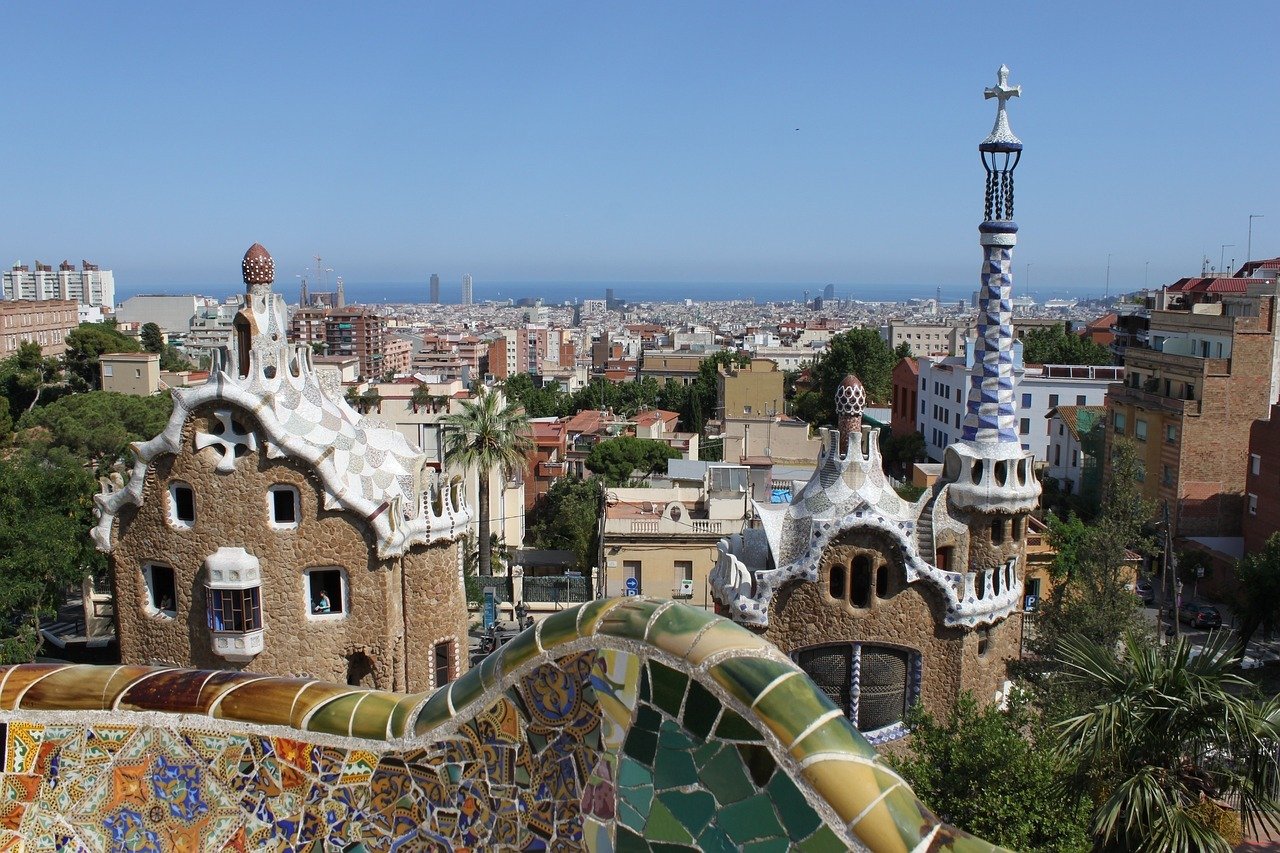Discover the Awesome and Memorizing Antoni Gaudí's Barcelona Architecture
/Discover the Awesome and Memorizing Antoni Gaudí's Barcelona Architecture
Barcelona, the bustling capital of Catalonia, Spain, is a city steeped in history, culture, and art. Among its many treasures, the architectural masterpieces created by the renowned Spanish architect Antoni Gaudí stand out as awe-inspiring testaments to creativity and innovation.
Gaudí's unique style has left an indelible mark on the city's landscape, making Barcelona a must-visit destination for architecture enthusiasts and travelers alike. In this blog post, we will delve into the life and works of this architectural genius, focusing on three of his most iconic creations:
• Casa Batlló,
• La Pedrera
Prepare to be amazed and inspired as we explore Gaudí's genius and his profound impact on modern architecture.
The Life and Vision of Antoni Gaudí
Antoni Gaudí i Cornet was born on June 25, 1852, in Reus, a small town in Catalonia, Spain. From an early age, Gaudí displayed a deep love for nature and a keen interest in art, which would later influence his architectural designs. He studied architecture at the Barcelona Higher School of Architecture and quickly established himself as a talented and innovative architect.
Gaudí's work was characterized by his exceptional ability to blend art, architecture, and nature seamlessly. Inspired by the organic forms found in nature, Gaudí developed a unique architectural language that defied convention and celebrated the beauty of the natural world. His designs often incorporated elements such as curves, asymmetry, and intricate ornamentation, making his buildings stand out as true works of art.
Sagrada Familia: A Cathedral of Unfinished Grandeur
Perhaps Gaudí's most famous and enduring masterpiece is the Sagrada Familia, a grand basilica that has become the symbol of Barcelona itself. Construction on the Sagrada Familia began in 1882, and Gaudí took over the project a year later, dedicating the rest of his life to its completion. At the time of his death in 1926, the basilica was far from finished, but Gaudí's vision and plans continue to guide the ongoing construction.
The Sagrada Familia's design is a harmonious fusion of various architectural styles, including Gothic, Art Nouveau, and modernism. Gaudí sought to create a building that represented the glory of God and the beauty of the natural world. The basilica's soaring spires, each representing a different religious figure, reach toward the heavens, and its facades tell stories from the Bible through intricately sculpted scenes.
The interior of the Sagrada Familia is a breathtaking symphony of light and color. The towering columns seem like majestic trees, branching out to support the intricate stone canopy. Stained glass windows fill the space with a kaleidoscope of colors, casting an ethereal glow upon the stone surfaces. The Sagrada Familia remains a work in progress to this day, with an estimated completion date in the near future, but its magnificence and significance as an architectural marvel are undeniable.
Casa Batlló: A Whimsical House of Dreams
Located on the elegant Passeig de Gràcia, Casa Batlló is another gem in Gaudí's architectural crown. Commissioned by Josep Batlló, a wealthy textile manufacturer, Gaudí was tasked with renovating the existing building in 1904. True to his visionary approach, Gaudí transformed the structure into a fantastical and whimsical residence that defies conventional design.
Casa Batlló's facade is a captivating display of colors, shapes, and textures. The undulating lines and colorful mosaic tiles create an illusion of motion and life, resembling an underwater world or a mystical dragon. The balconies, with their distinctive bone-like appearance, are said to symbolize the dragon's jaws, earning the building its nickname, the "House of Bones."
Inside Casa Batlló, visitors are treated to a sensory feast of artistry and ingenuity. The central lightwell, adorned with a stunning blue-toned skylight, illuminates the interior, creating a magical ambiance. The organic curves and innovative use of space make every room a work of art, reflecting Gaudí's deep appreciation for nature and its infinite beauty.
La Pedrera: An Enchanting Urban Treasure
Casa Milà, known as La Pedrera, is Gaudí's final masterpiece featured in this trio of architectural gems. Constructed between 1906 and 1912, La Pedrera is a residential building that showcases Gaudí's signature organic architectural style. Commissioned by Pere Milà i Camps and his wife Roser Segimon, the building stands as a testament to Gaudí's ability to merge functionality and artistry.
La Pedrera's facade is a fascinating interplay of light and shadow, with large stone blocks creating a wavy, undulating surface that appears almost alive. The building's rooftop is a true delight, featuring a sculptural landscape of whimsical chimneys and ventilation towers that resemble medieval knights, adding a touch of playfulness to the urban Barcelona landscape.
Inside La Pedrera, Gaudí's creativity comes to life through innovative design elements such as curved walls and unique layouts. The attic houses an exhibition dedicated to Gaudí's architectural genius, providing visitors with insight into the creative process behind La Pedrera's design.
Visiting Barcelona
Barcelona, as the city that gave rise to Gaudí's extraordinary legacy, offers visitors a unique and enriching experience. The city's vibrant culture, rich history, and warm hospitality create a welcoming environment for travelers from all walks of life. Barcelona's allure extends beyond Gaudí's masterpieces, encompassing charming neighborhoods, world-class cuisine, and stunning Mediterranean beaches. Visit as soon as you can.
GAUDI’S Park Güell in Barcelona, Spain



